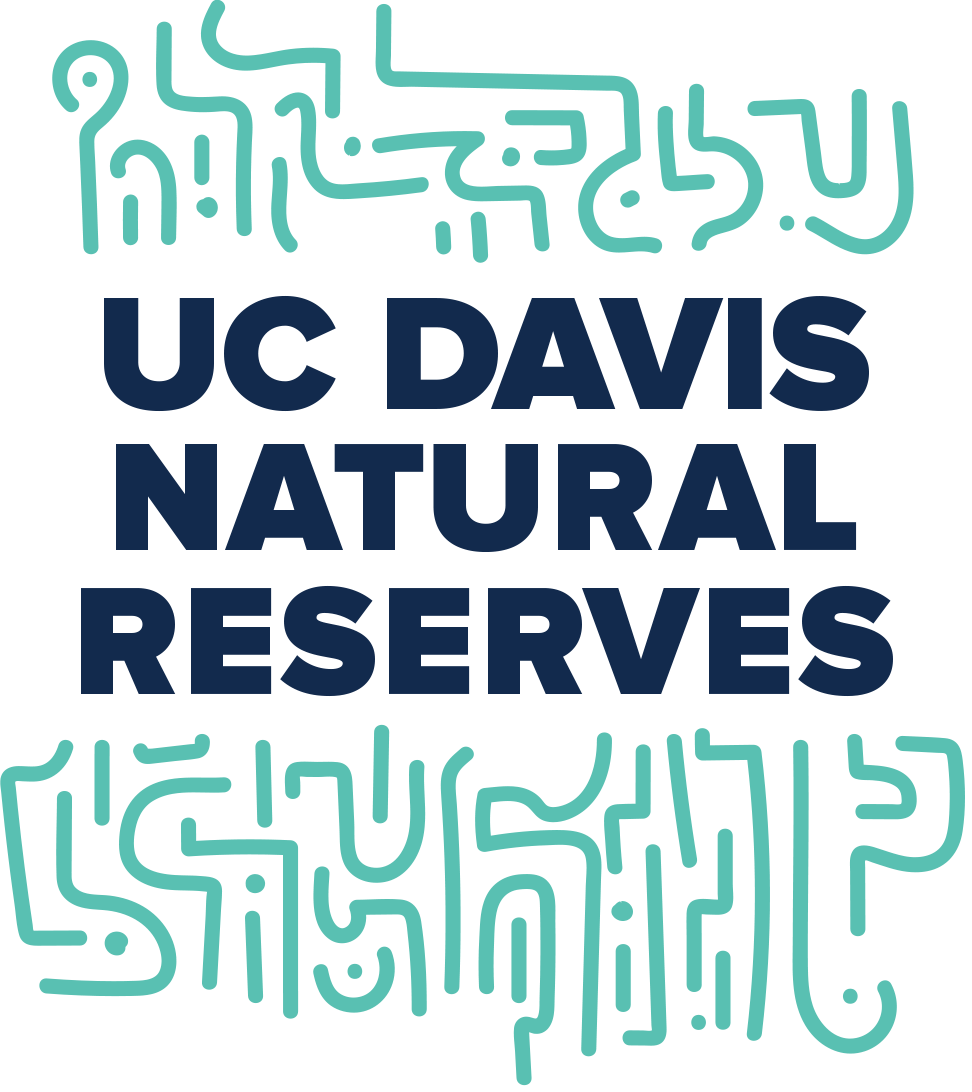The McLaughlin Reserve's field station has facilities that are available to individuals or groups who have approved projects.
FEES
Overnight rates are $8.00/night for University of California affiliated students, staff, and faculty, and $10.00/night for others. This rate applies to overnight use whether you sleep in your own tent or in Reserve overnight facilities.
Reserve staff are available to answer questions, provide guidance, and will provide an orientation for all new users of the Reserve. For additional assistance, directors' time may be billed at a rate of $49/$65 per hour (UC vs non-UC rate) and similarly assistance provided by other Reserve staff may be billed at a rate of $38/$49 per hour. Requests for staff time are subject to approval and time availability.
There is no charge for day use of the facilities or the land.
BUNK HOUSE
The bunk house is a multi-purpose building with a fully-equipped kitchen, dining area, bathrooms, showers, bunk rooms, a small dry-laboratory workspace, laundry room, and a lounge area with DVD and VHS players. Cell service is patchy; staff can help you find locations where you phone might receive a good signal. The staff office has a land-line phone: use of the phone can be arranged if needed. Wireless access is available (but it can be limited; remember, we're in a remote location!). More about what is available at the field station and general use policies can be found by clicking here.
The bunk house has 23 beds available across 7 rooms. There are 3-5 beds per room, with one or two of them being upper bunks. Four rooms have a double bed; a double bed can be specifically reserved for couples if the additional beds in those rooms are not required for other people. Seasonally, staff may set up cabin tents (each with two to three single mattresses) adjacent to the bunk house during times when overnight facilities are in high demand. Field station users can also request to set up a personal tent in allowed tent spots (including the nearby campground) or a camper vehicle next to the field station. All indoor amenities are available to those who choose to sleep in a tent/camper.
You need to bring your own toiletries, towels, food, and sleeping bag or quilt (we provide a pillow, fitted sheet, and pillowcase for each mattress). There is no janitorial service - users are expected to leave the facilities cleaner than they find them. A cleaning policy is posted in bunk rooms and bathrooms, and a list of cleaning tasks is located in the dining area.
CAMP GROUND
The main camping area is approximately 0.5 miles from the field station, near the entrance to the Reserve. The camp ground has shaded areas, picnic tables, level spots for setting up a tent, composting toilets, and a sink with potable water. An outdoor kitchen can be set up for groups. Campfires must be approved by Reserve staff; they are usually allowed only during the winter and spring.
Other locations, including sites near research settings, may be appropriate for setting up tents; you must discuss these needs with Reserve staff prior to proceeding.
GREENHOUSE AND SHADEHOUSE
A greenhouse and shadehouse are available for approved projects; discuss your needs with the Reserve Director. Staff do not provide care for plants, but will help you set up a watering schedule on the automated irrigation system.
AVAILABLE EQUIPMENT, WORK AREAS, AND STORAGE
We can loan out some basic equipment for use on-site (e.g., shovel, t-post pounder, buckets, etc.) pending specific arrangement with Reserve staff. In addition to the small dry-lab in the field station, there is an indoor work area in the adjacent building that can accommodate larger groups and "dirty work" (eg sifting soil). That area also has a drying oven (available through prior arrangement) and storage shelves for your research equipment/materials.
LITERATURE, HISTORIC DOCUMENTS, SITE DATA
Limited-distribution documents about the reserve, the Homestake/Barrick gold mine, and the environmental data collected during the mining operation, are available at the reserve. Also available are a Natural History Handbook, various GIS files, and numerous generations of aerial photographs.
"THE GRID"
We have especially detailed information on edaphic and ecological factors within an area of the Reserve known as "The Grid". This location, established in 2001 as a model ecosystem, spans 500 x 550m across a diversity of soil types and plant communities. Data on soil properties and plant occurrences are available at 50 m intervals across the Grid, and at 10 m intervals within 6 - 50 x 100 m blocks within the Grid. This is a valuable resource with fine scale background data available.

